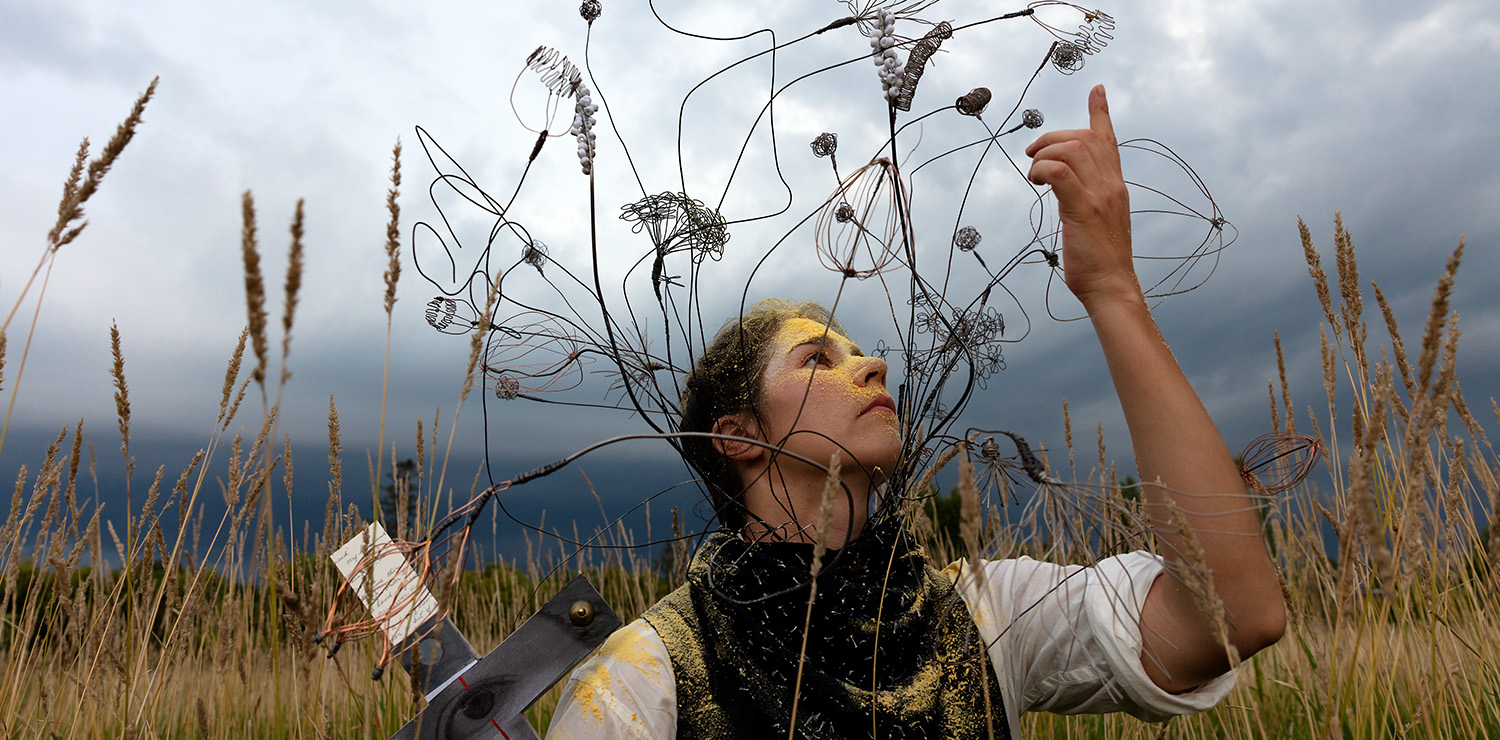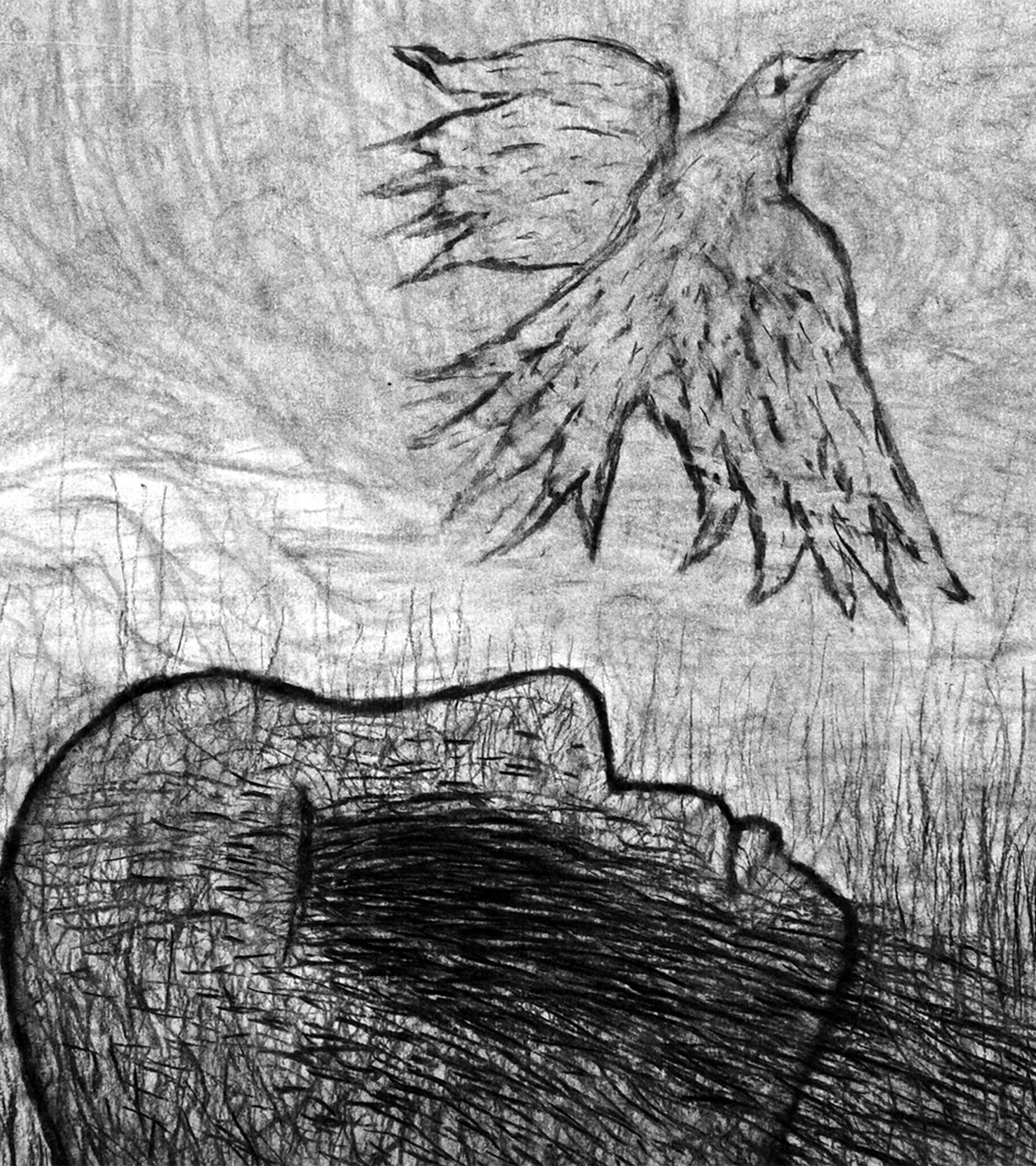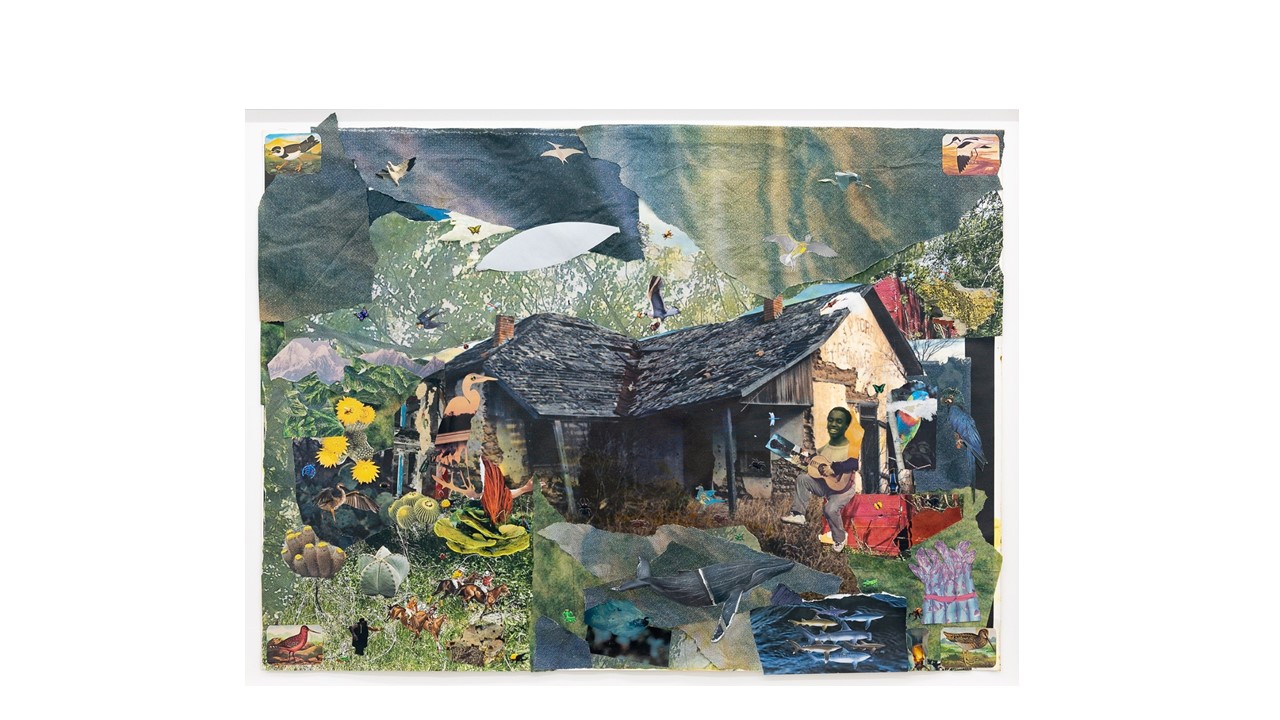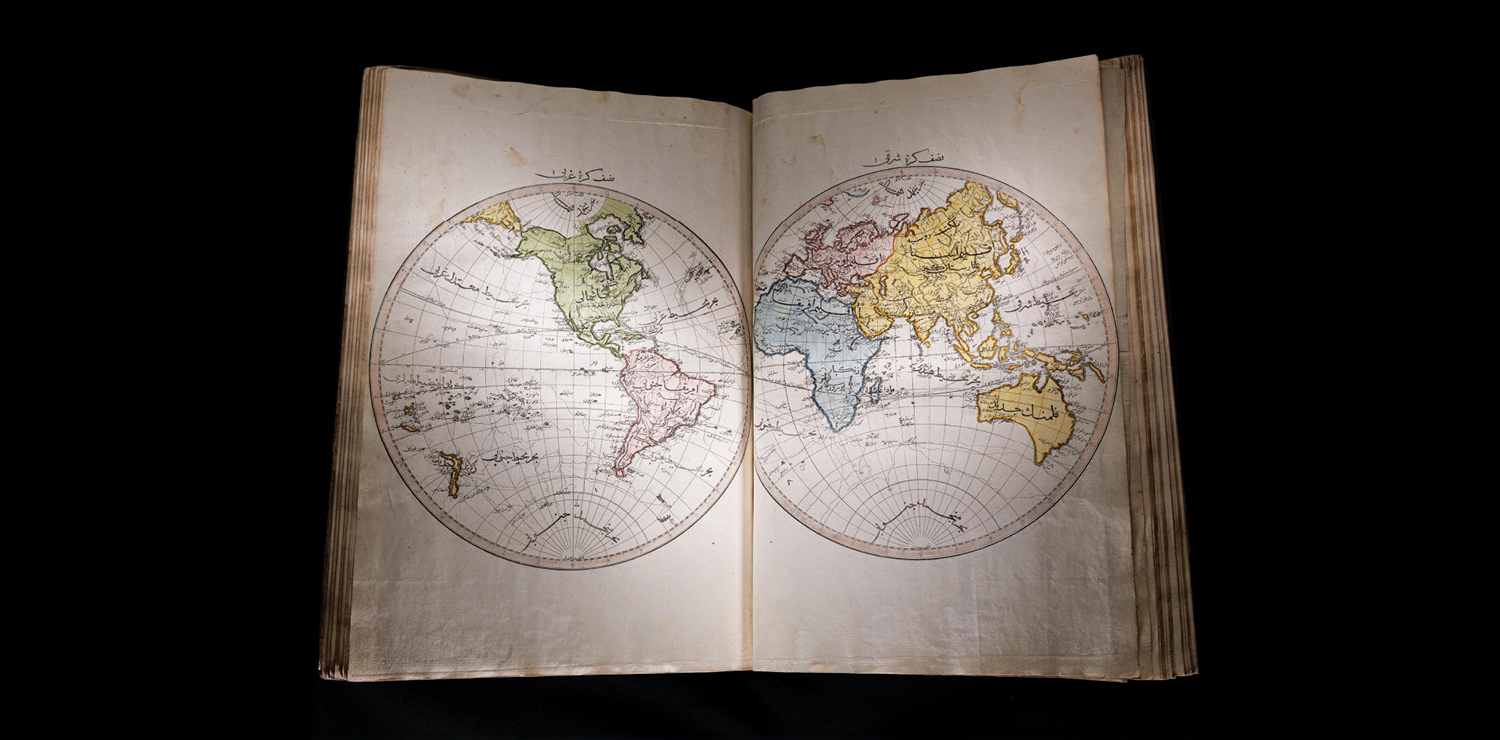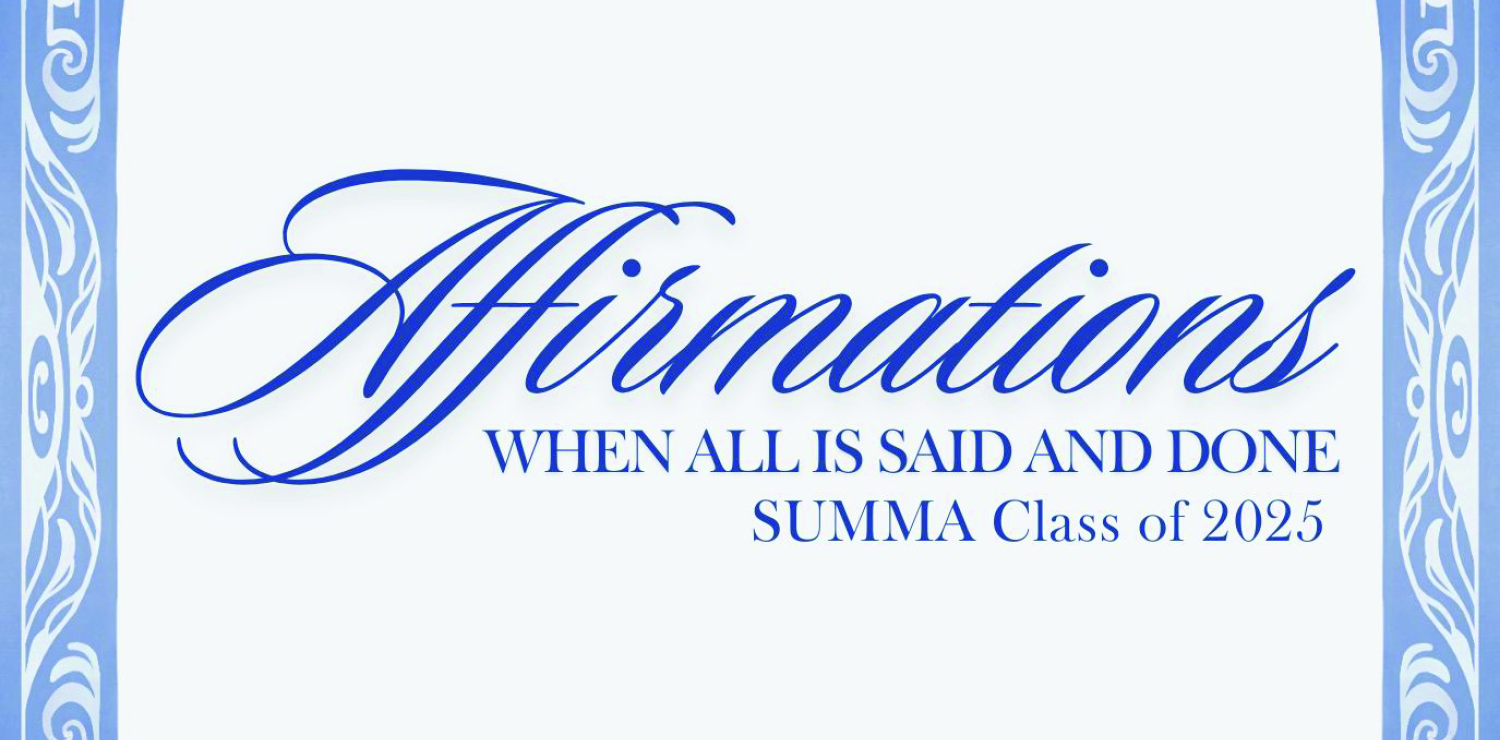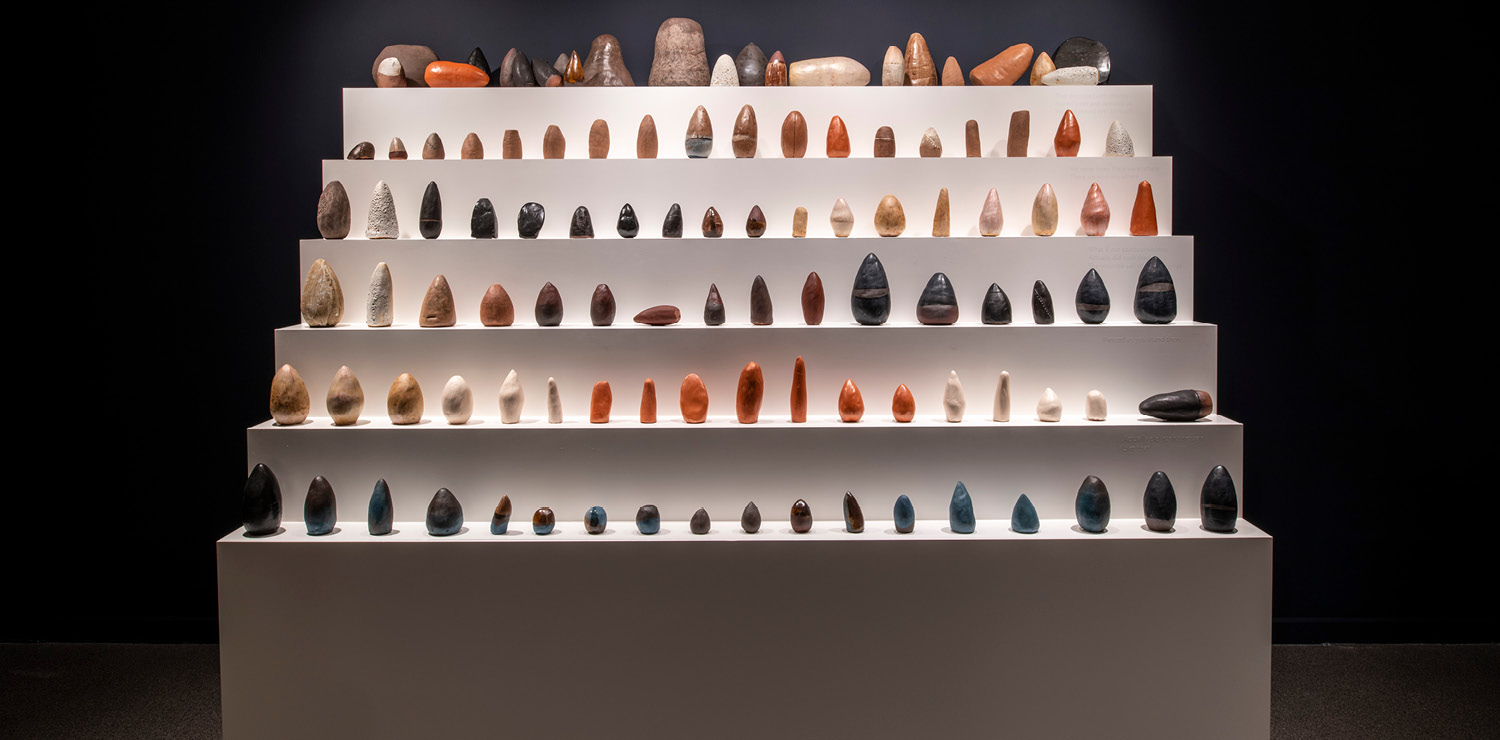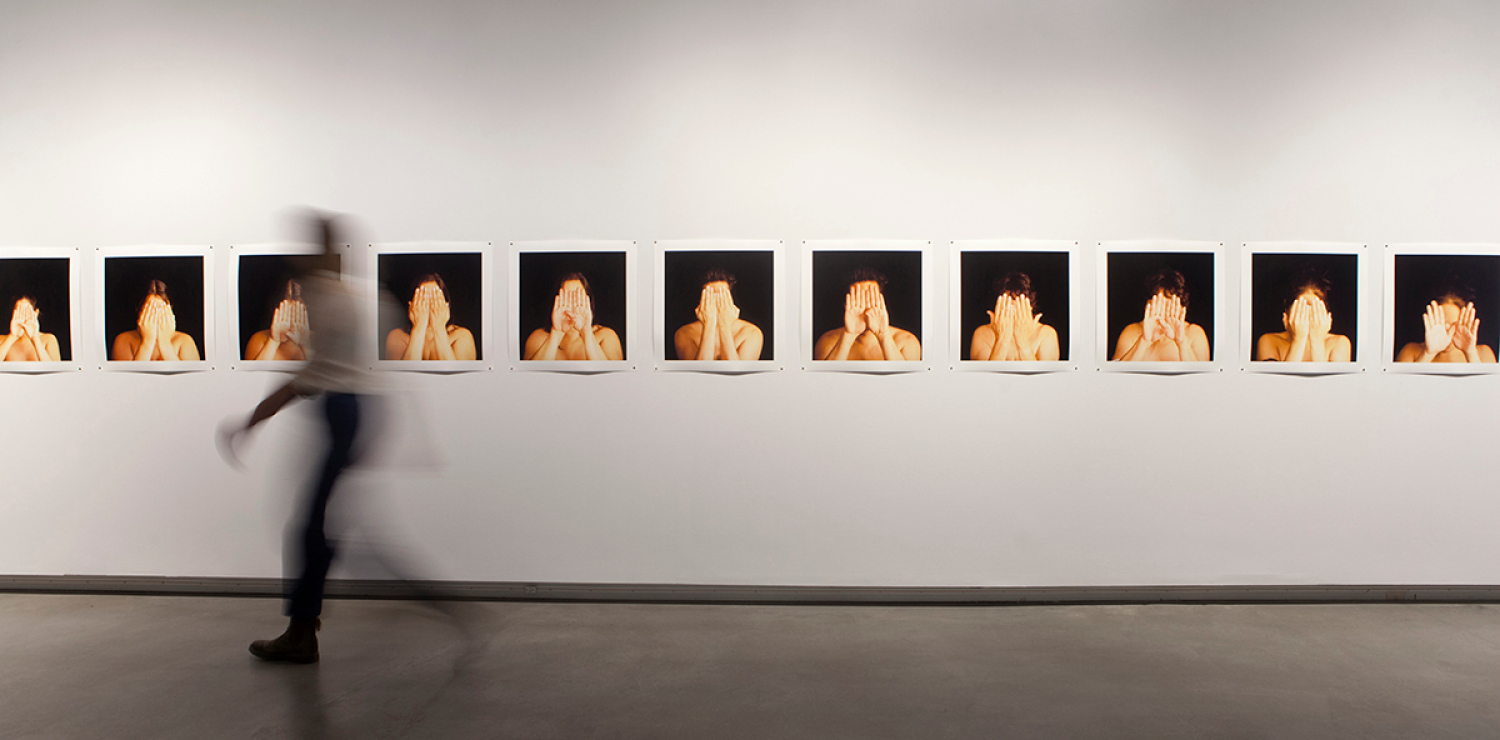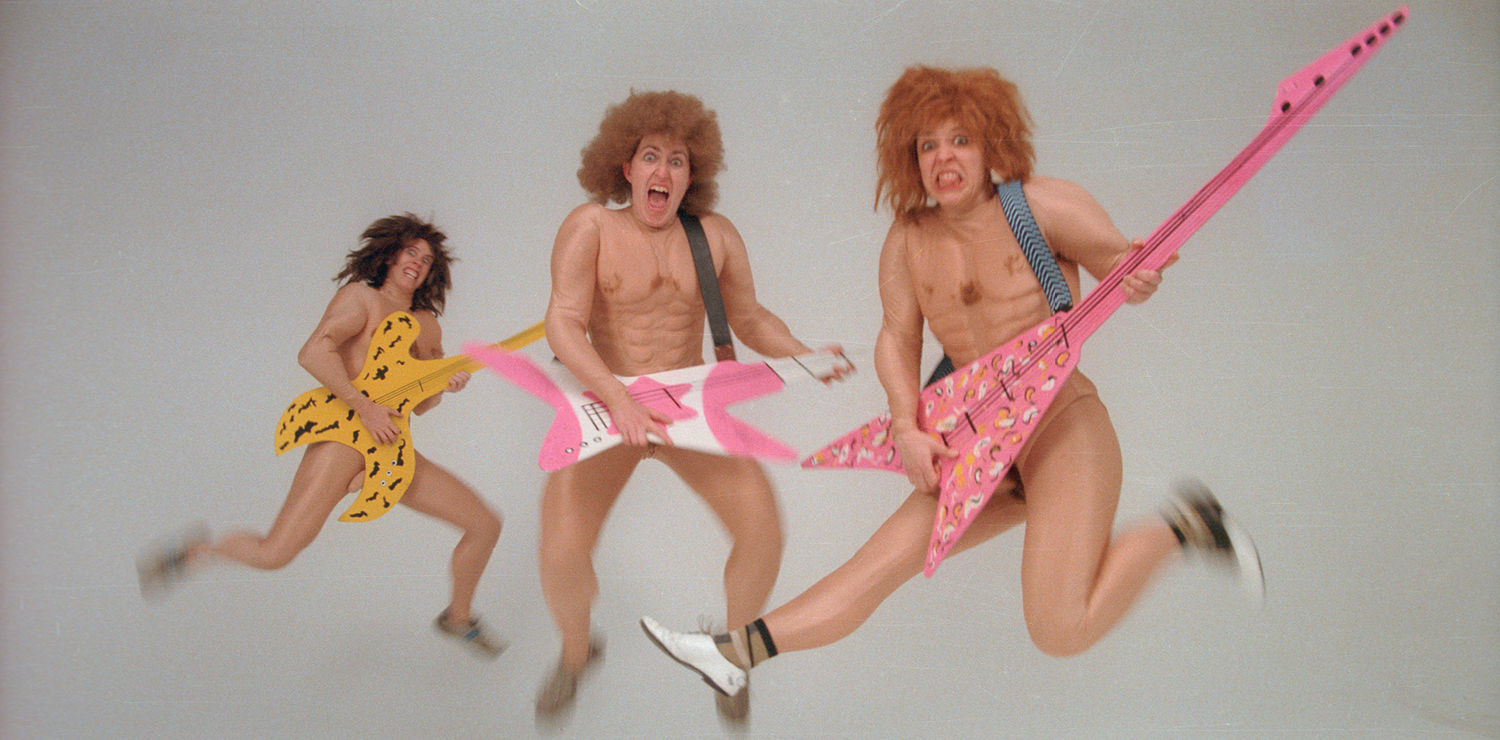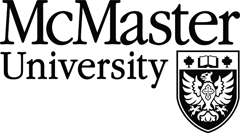PAST EXHIBITION


Ascending Horizons
Artists: KC Adams, Carrie Allison, Judy Anderson, Hannah Claus, Elizabeth Doxtater, Charlene Vickers, Marie Watt
We are in a time that requires us to reimagine our relationship with the Earth, calling for a return to Indigenous knowledge. Indigenous communities seek guidance from women in this healing process, as they are said to hold sacred feminine connections with the Earth. At the same time, the Earth holds maternal connections in caring for us.
Ascending Horizons invites us to consider embodied connections, cycles and seasons of the sacred feminine, connecting women in creation and re-creation. The exhibition explores how Indigenous women activate their connection to the natural world and dream of new worlds for future generations. Tethering land, water, the moon and the cosmos to Indigenous women’s bodies, the exhibition honours and celebrates the sacred cycles of creation and movement, birthing bodies and their grounding in the fertile capacities of earth in relation to the pull of the moon and the sky world.
Through transdisciplinary artistic practices: cornhusking, photography, video, performance, installation, ceramics, beadwork and embroidery, each of the 7 artists call upon their own Nations’ thought systems and the knowledge of their Ancestors toward an infinite and regenerative future. The works illuminate Indigenous worldviews through longstanding material connections, building with and from sand, clay, cedar, corn husks, fur and copper, demonstrating how these connections provide teachings about place-making among human relations and beyond. Further, the works show how adorning the body through tattoos, jingles, or the exquisite clothing of cornhusk dolls can become a means of healing. Material comforts such as blankets, felt, buttons and beads speak to the nurturing presence of women across generations, while the use of reprography film and aluminium remind us that Indigenous practices are continually evolving alongside new materials. This weaving of the past and the future blends ancestral knowledge with contemporary practices, reaffirming the boundless, adaptable and ever-evolving nature of Indigenous creativity.
Ascending Horizons builds on Haudenosaunee and Algonquian teachings to re-envision elements of the natural world – from Earth to Sky – to consider how we navigate between them and reimagine a future alongside the creative capacity of Indigenous women.
Opening Reception: Thursday, January 30th, 5 – 8PM (Remarks at 6PM)
Ancestor Sound Performance
by Charlene Vickers
Friday, January 31st, 11am – 12PM
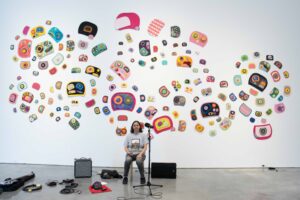
Join us at the museum on Friday, January 31st at 11AM for Ancestor Sound Performance by exhibiting artist Charlene Vickers.
Presented as part of the Ascending Horizons exhibition, Vickers will blend layers of sound using a bass guitar, synthesizers and voice recordings to amplify the artists’ exploration of bodily presence as both rooted and transient within the Anishinaabe Kwe-Human Being-Body-Sound maker. The performance will take place in front of her installation Ovoid Soundings.
Following the performance, join the artist for a 15-minute Q&A session where she will discuss the themes of her work. Merging art, sound, and artistic expression, this event offers a unique opportunity to experience and engage with the artist’s creative practice. This event is free and everyone is welcome!
For accessibility/accommodations concerns or requests, please email museum@mcmaster.ca
Image Credit L-R: Detail of work by Charlene Vickers, Judy Anderson, Hannah Claus, Carrie Allison, KC Adams, Marie Watt, Elizabeth Doxtater

Ascending Horizons – A Conversation with Curators Alex Jacobs-Blum & Kim Anderson
Video produced and edited by Vuk Dragojevic.
Artist biographies:
KC Adams (Anishinaabe/Ininnew/British) is a registered Fisher River Cree Nation member living in Winnipeg, Manitoba, with a B.F.A. from Concordia University and an M.A. in Cultural Studies, Curatorial Stream from the University of Winnipeg. She considers herself a relational maker, a creator whose work connects to Indigenous knowledge systems––recognizing her role as an educator, activist, community member and mentor. KC has had numerous solo and group exhibitions and residencies and has been in three biennales, including the PHOTOQUAI: Biennale des images du monde in Paris, France. Twenty pieces from the Cyborg Hybrid series are in the permanent collection of the National Art Gallery in Ottawa, and four trees from Birch Bark Ltd are in the Canadian Consulate of Australia, NSW collection. Adams was awarded the Winnipeg Arts Council’s Making A Mark Award, Canada’s Senate 150 medal, the Ohpinamake Award in Indigenous Art and the Quill & Quire’s 2019 Books of the Year.
Carrie Allison is a nêhiýaw, Métis, and mixed European descent multidisciplinary visual artist based in K’jipuktuk, Mi’kma’ki (Halifax, Nova Scotia). She grew up on the unceded and unsurrendered lands of the Sḵwx̱wú7mesh (Squamish), Stó:lō, and Səl̓ílwətaʔ/Selilwitulh (Tsleil-Waututh) and xʷməθkʷəy̓əm (Musqueam) Nations. Her maternal roots and relations are based in Maskotewisipiy (High Prairie, Alberta), Treaty 8. Situated in K’jipuktuk since 2010, her practice responds to her maternal nêhiýaw and Métis ancestry, thinking through intergenerational cultural loss and acts of reclaiming, resilience, resistance, and activism, while also considering notions of allyship, kinship, and visiting. Her practice is rooted in research and pedagogical discourses. Old and new technologies are combined to tell stories of the land, continuance, growth, and healing.
Judy Anderson is nêhiyaw from Gordon First Nation, SK. Anderson’s practice includes beadwork, installation, painting, three-dimensional pieces, and collaborative projects. Her work focuses on issues of spirituality, nêhiyaw intellectualizations of the world, relationality, graffiti, colonialism and decolonization. She is a Professor of Canadian Indigenous Studio Art in the Department of Art and Art History at the University of Calgary.
Hannah Claus (Kanien’kehá:ka/English; member of Kenhtè:ke) explores Kanien’kehá:ka ways of knowing and understanding through material and sensorial relationships in her artistic practice. Light and shadow, repetition and accumulation, as well as collaborative processes are recurring elements within her installations and photo-based artworks. Recipient of the Eiteljorg Fellowship 2019 and the Prix Giverny 2020, recent exhibitions include Plastic Heart (Canadian Cultural Centre, Paris, France) and Whetūrangitia [Made of Stars] (Dowse Art Museum, Wellington, Aotearoa | New Zealand) and North American touring exhibition, Radical Stitch. Claus lives and works on Kanien’kehá:ka territory, in Tiohtià:ke | Montreal.
Elizabeth Doxtater was born and raised on the Six Nations of the Grand River, she celebrates empowerment through her work as a cornhusk artist and painter. Elizabeth’s work has appeared in many galleries across North America. In 2015, her solo show, “Art of Peace,” was launched at the Woodland Cultural Education Centre alongside the 2015 First Nations Art exhibit, in which she was also featured. “Art of Peace” was also presented at the McMaster Museum of Art in 2016. Her work has been shown at NETO, in Niagara Falls, Ontario; the Iroquois Indian Museum in Cobleskill, New York; and the Glenhyrst Art Gallery. Her show at Glenhyrst was titled “Wa’tkwanonhwerá:ton.” Her solo show, “Rednaissance,” was exhibited in Midland in 2015.
Charlene Vickers is a Vancouver based multidisciplinary artist working in painting, sculpture and performance. Living on the West Coast for the past 30 years, her work and Anishinaabe presence are embodied connections to her birth territories of Kenora, Ontario. Indigenous presence, healing, and joy are expressed as vivid colour explorations, process and performative action as well as large scale sculptural installations. Vickers attended Simon Fraser University MFA (2013), BA (1998) and Emily Carr University of Art and Design (1994).
Marie Watt is an American artist. She is a member of the Seneca Nation of Indians and also has German-Scot ancestry. Her interdisciplinary work draws from history, biography, Haudenosaunee protofeminism, and Indigenous teachings; in it, she explores the intersection of history, community, and storytelling. Through collaborative actions, she instigates multigenerational and cross-disciplinary conversations that might create a lens and conversation for understanding connectedness to place, one another, and the universe.
Curator biographies:
Alex Jacobs-Blum is a Gayogo̱hó:nǫʼ (Cayuga) and German visual artist and curator living in Hamilton, ON. Her research focuses on Indigenous futurities and accessing embodied Ancestral Hodinöhsö:ni’ knowledge. The core of her practice and methodology is a strong foundation in community building, fostering relationships, empowering youth, and Indigenizing institutional spaces. Her creative process is rooted in storytelling and challenging hierarchical power structures, seeking to facilitate transformative change infused with love and care. She has curated exhibitions at Hamilton Artist Inc., Supercrawl and the University of Waterloo, Longhouse Labs. Alex is a member of the Bawaadan Collective.
Kim Anderson is a Métis writer, scholar and educator based at the University of Guelph where she is a Professor and Canada Research Chair in Storying Indigenous Relational Futures. Kim’s storied work involves collaboration with curators, multidisciplinary artists, scholars, and activists. In 2019 she co-curated Konnón:kwe, an exhibition for the Guelph Civic Museum that wove together fine art and Indigenous women’s history. Members of this curatorial collective are now creating another exhibition for the Guelph Civic Museum on Where the Rivers Meet, set to open in spring 2026. Kim has published seven books, including a co-produced memoir with Elder and artist Rene Meshake entitled Injichaag, My Soul: Anishinaabe Poetics in Art and Words (University of Manitoba Press, 2019).
Curated by: Alex Jacobs-Blum and Kim Anderson
January 8 - June 20, 2025
PAST EXHIBITIONS
FEATURED PUBLICATIONS
-
1/5
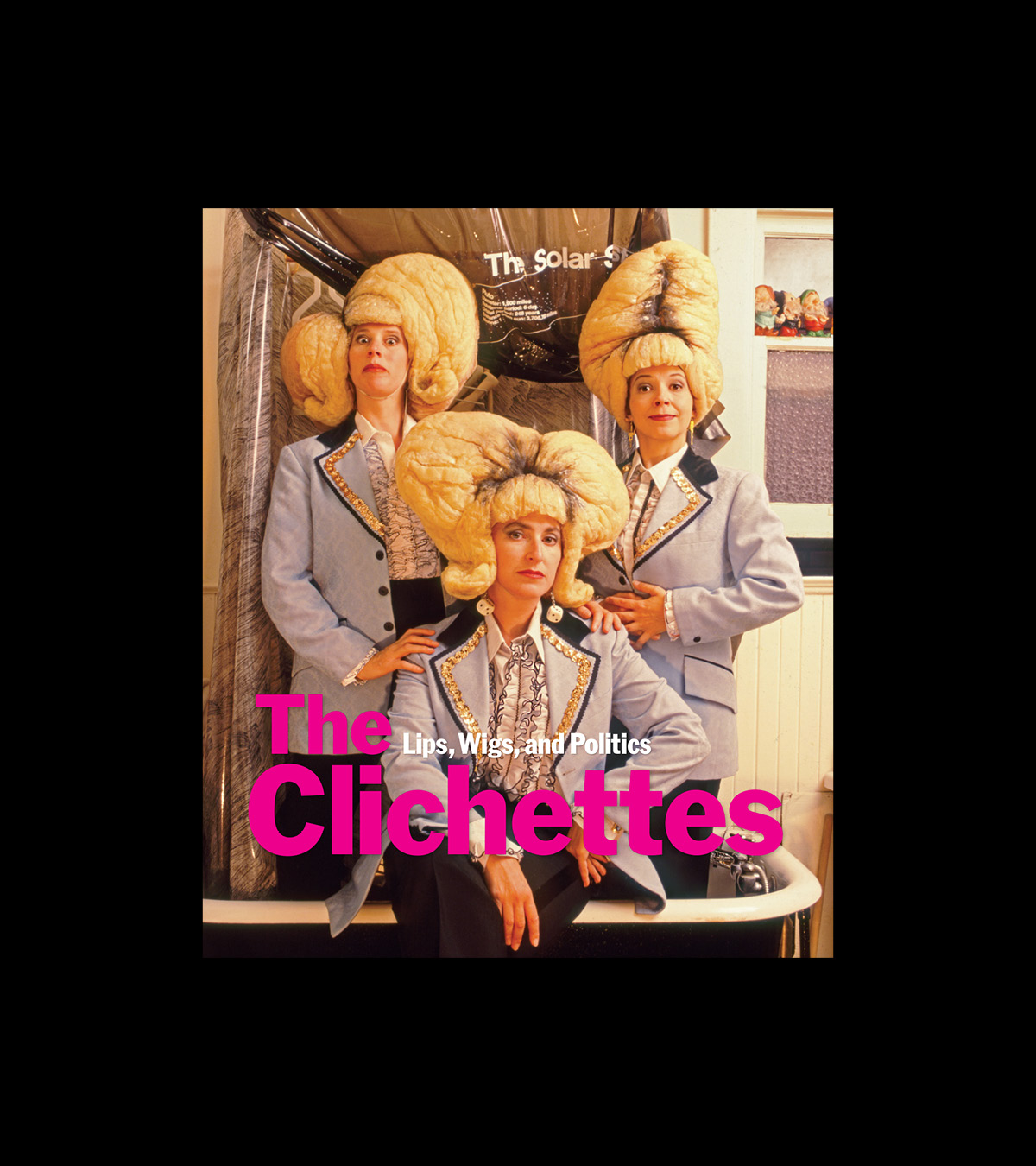
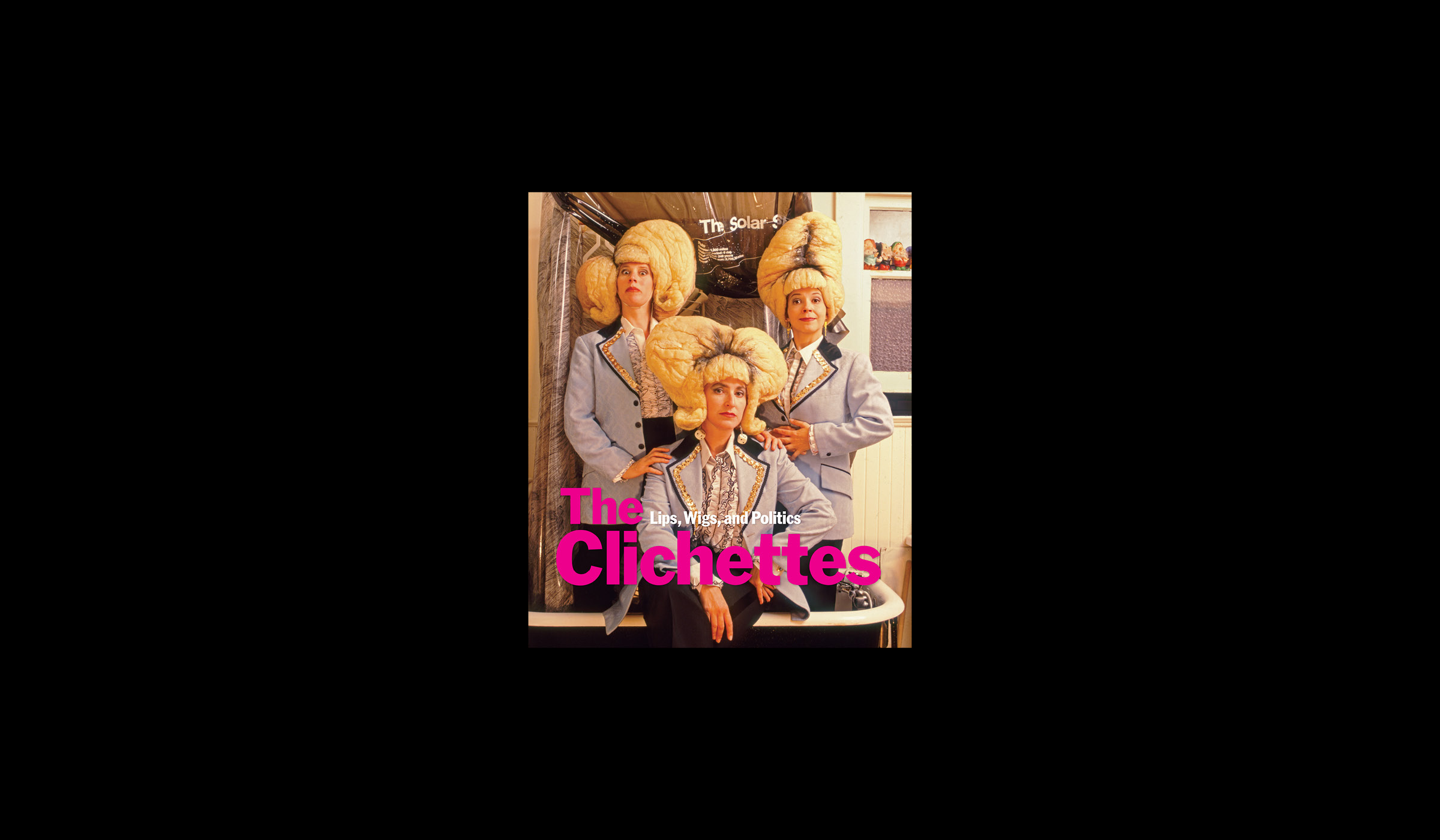
The Clichettes: Lips, Wigs, and Politics
Published on the occasion of the exhibition The Clichettes: Lips, Wigs, and Politics held at the McMaster Museum of Art (M(M)A) in Hamilton, Ontario in 2024. With essays by Ivana Dizdar, Marni Jackson, John Greyson, Alexandra Schwartz, Mark Kingwell, rl Goldberg, Lillian Allen, and Wanda Nanibush. Bridging theatre, lip-sync, dance, drag, costume, and comedy, the […]
1/5
-
2/5
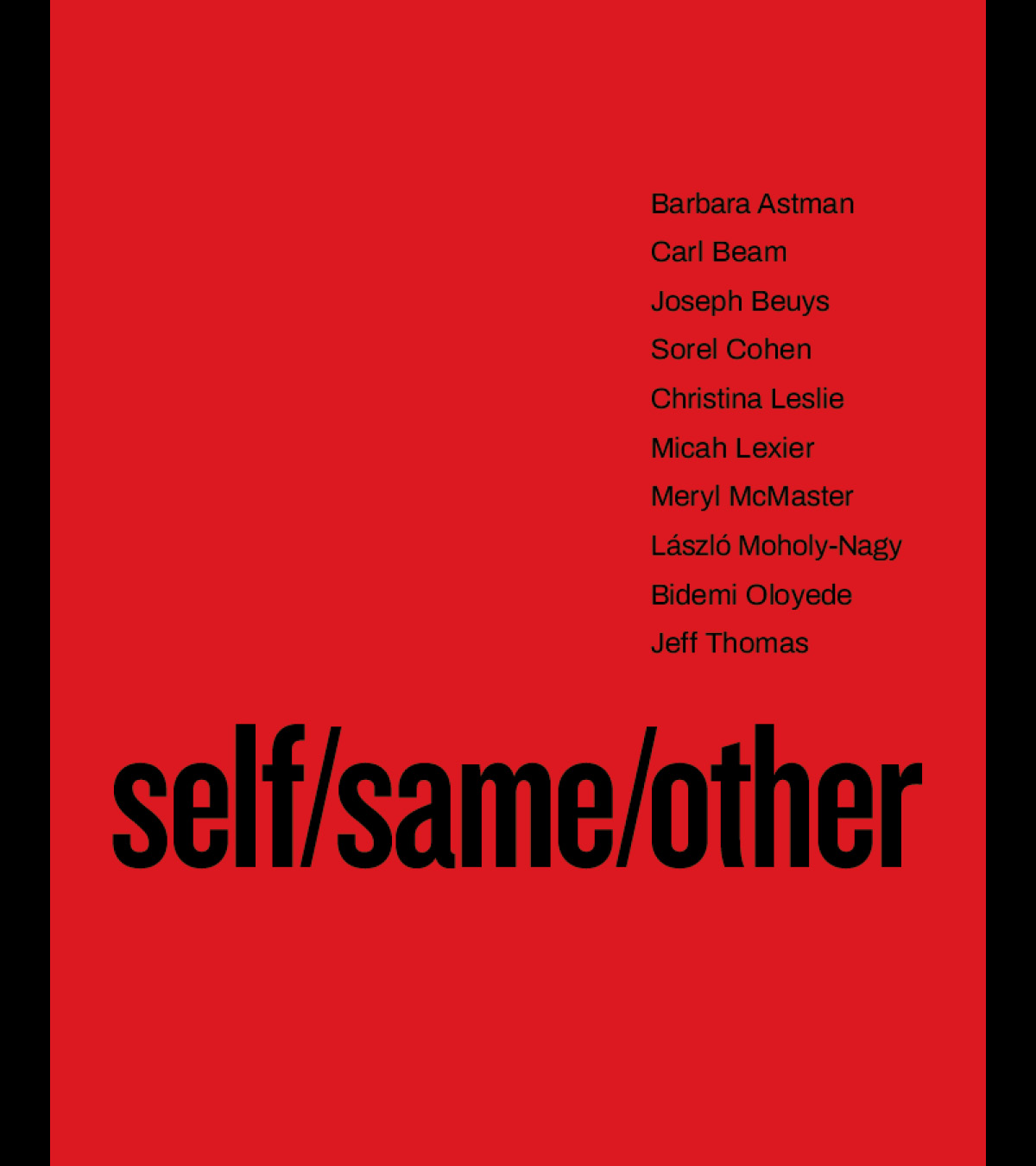
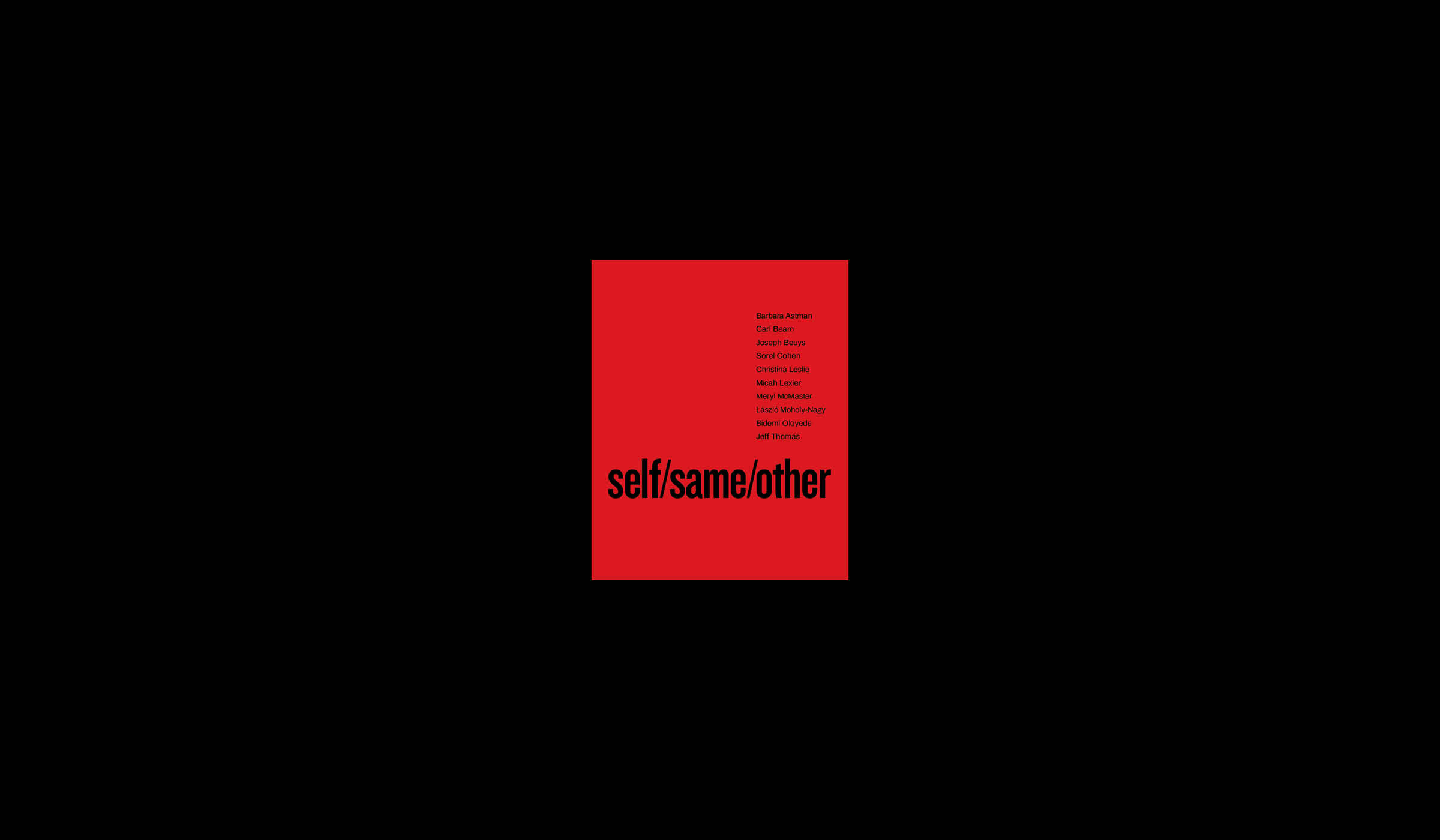
self/same/other
Barbara Astman, Carl Beam, Meryl McMaster, Sorel Cohen, Joseph Beuys, Bidemi Oloyede, Christina Leslie, Jeff Thomas, Micah Lexier, László Moholy-Nagy This exhibition brings together artworks drawn from the M(M)A permanent collection that present diverse ways of exploring self-imaging and subjectivity through different types of photo-based media. Expanding the genres of portraiture and self-portraiture, selected works […]
2/5
-
3/5
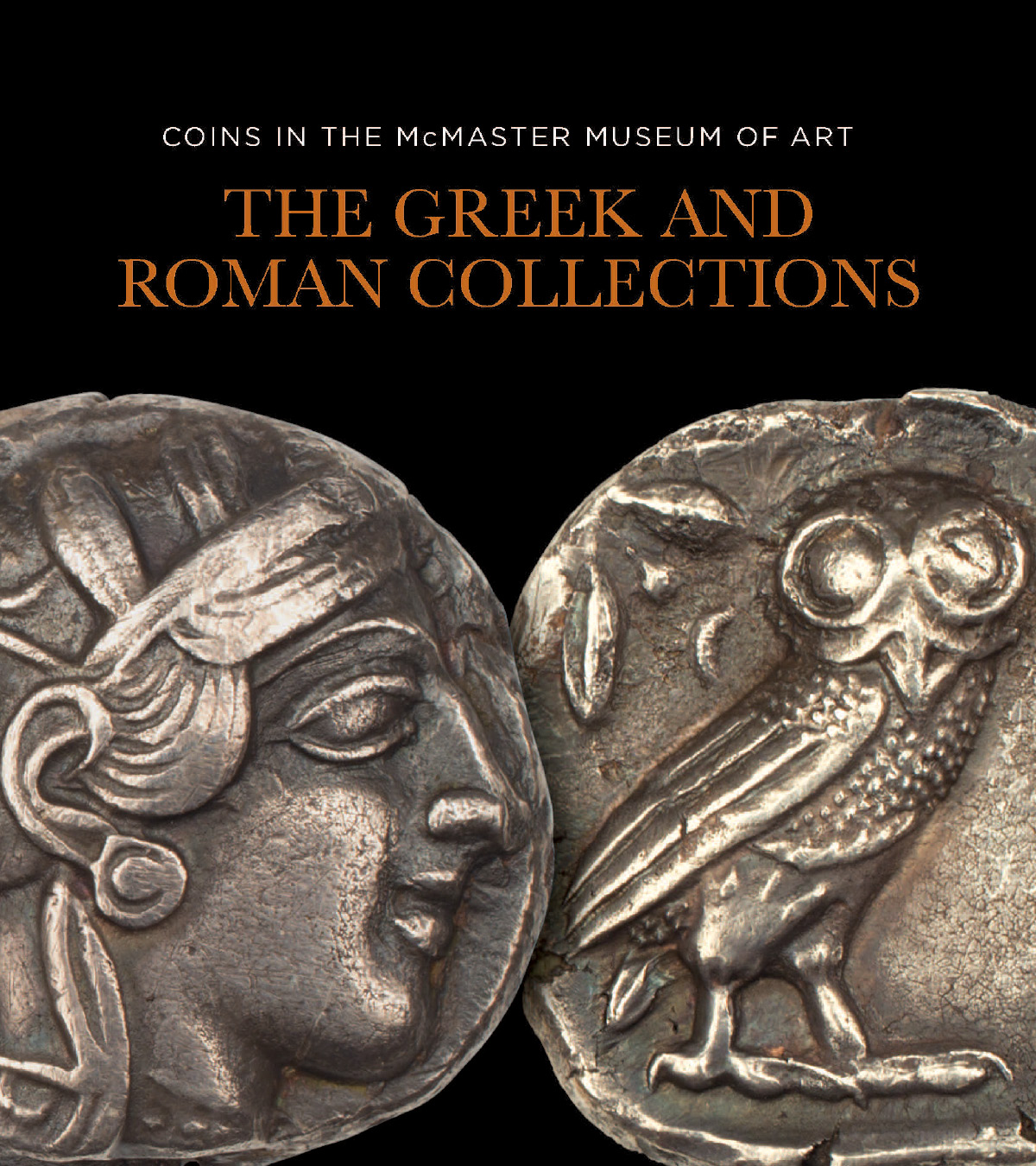
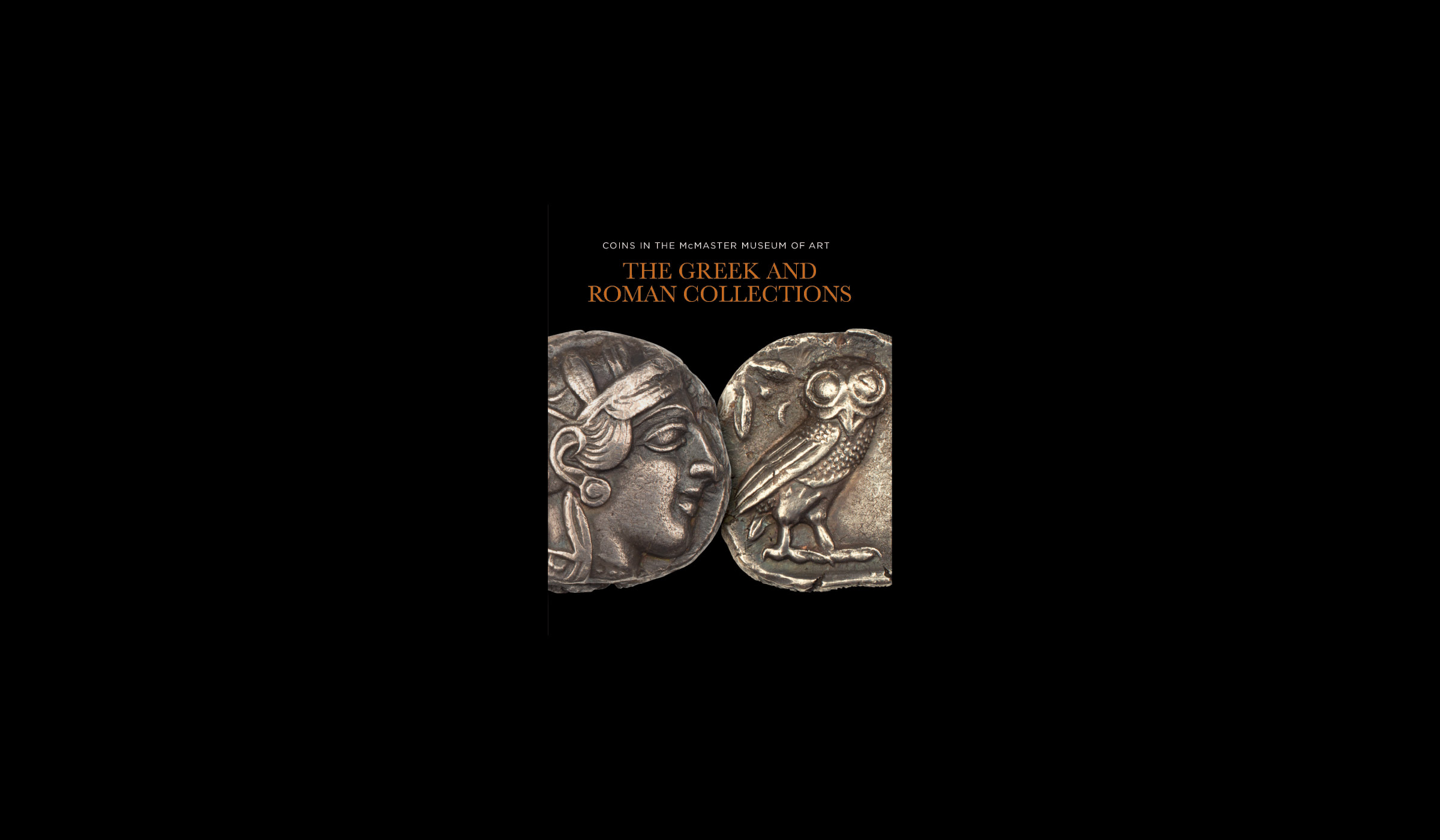
Coins in the McMaster Museum of Art: The Greek and Roman Collections
Ancient Greek and Roman coinage represents the intersection of politics, economics, and art; no other medium in the ancient world more closely reflects the decisions of administrations, the expectations of civic bodies, and detailed craftspersonship. Coins are among the most ubiquitous artifacts from Classical antiquity and despite their small size, are among the most instructive […]
3/5
-
4/5
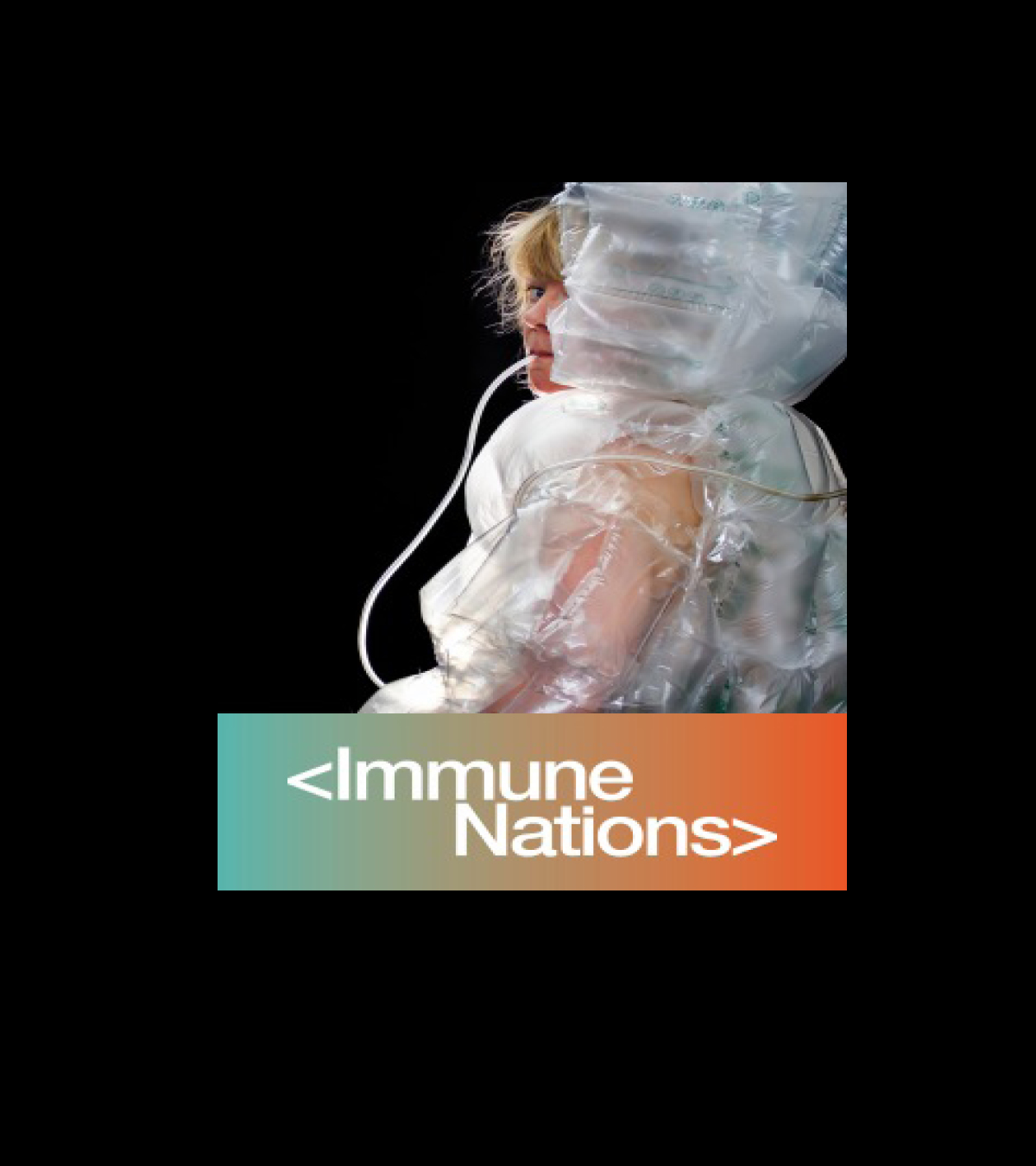
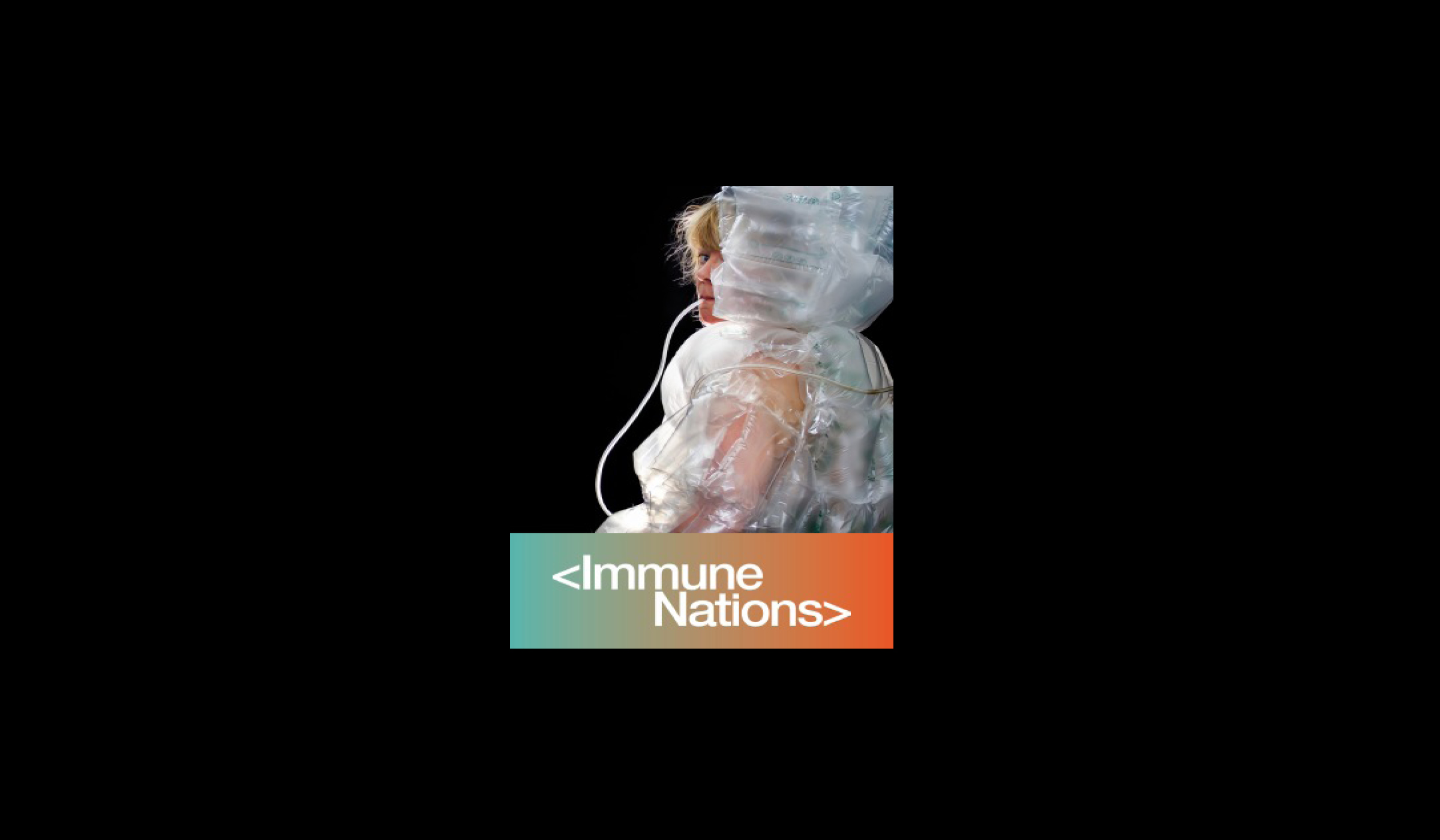
IMMUNE NATIONS
This catalogue documents a multi-year art-science project called Immune Nations, produced on the occasion of its exhibition at the McMaster Museum of Art in Hamilton, Ontario, Canada. Initiated in 2014 and co-led by Steven Hoffman (York University), Sean Caulfield (University of Alberta), and Natalie Loveless (University of Alberta), Immune Nations brought together scientists, policy experts, […]
4/5
-
5/5
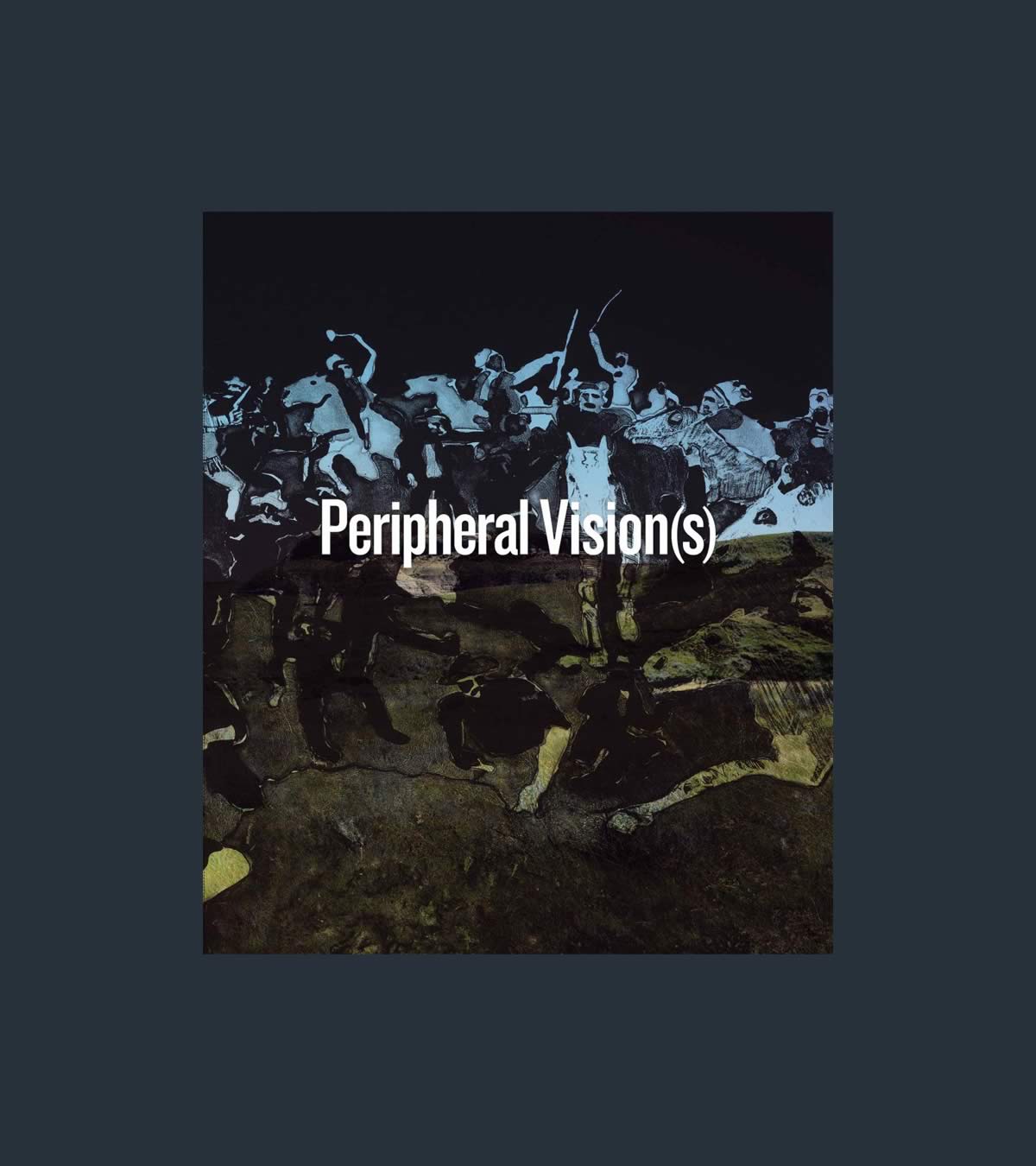
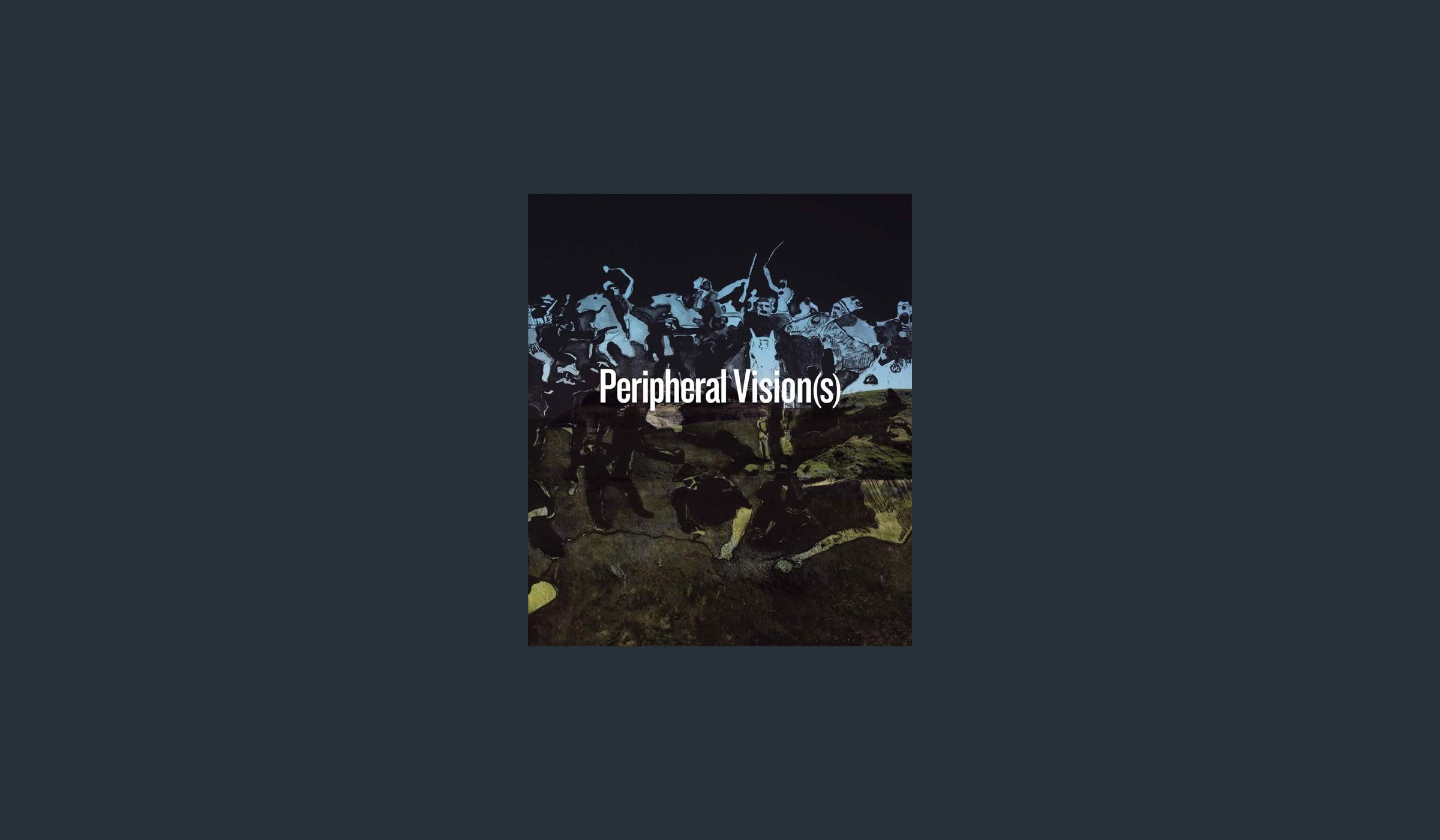
Peripheral Vision(s)
Peripheral Vision(s) includes scholarly essays by some of the most prominent Indigenous and non-Indigenous voices within the fields of Indigenous art history and art criticism today.
5/5
SUBMISSIONS & ASSISTANCE
SUBMISSIONS:
The McMaster Museum of Art is presently not accepting artists’ submissions for exhibitions at this time of leadership change at the museum. Our Interim Director will be undertaking a review of the museum’s forward exhibition schedule, as well as our policies and procedures, in the coming months. Our present focus is the ongoing maintenance of our permanent collection and storage needs for future collection activities.
The museum remains committed to our collecting priority in the continued support of early career, mid-career and established Indigenous artists, artists of the Black diaspora and racialized artists through purchases and commissions. Donations will be welcomed and reviewed at a future date which will be posted on our website.
ASSISTANCE:
The McMaster Museum of Art is a third party recommender for Ontario Arts Council (OAC) Exhibition Assistance Grants.
The museum is currently accepting applications. Our next program deadline is: December 16, 2024.
Priorities:
Artists who demonstrate an interest and consideration of art as a medium for social change and action.
Please follow the guidelines established by the Ontario Arts Council, apply directly through their website, and submit the following with your applications:
Brief artist statement
Confirmation letter from the gallery/museum/venue
Budget
CV
Digital images of work
